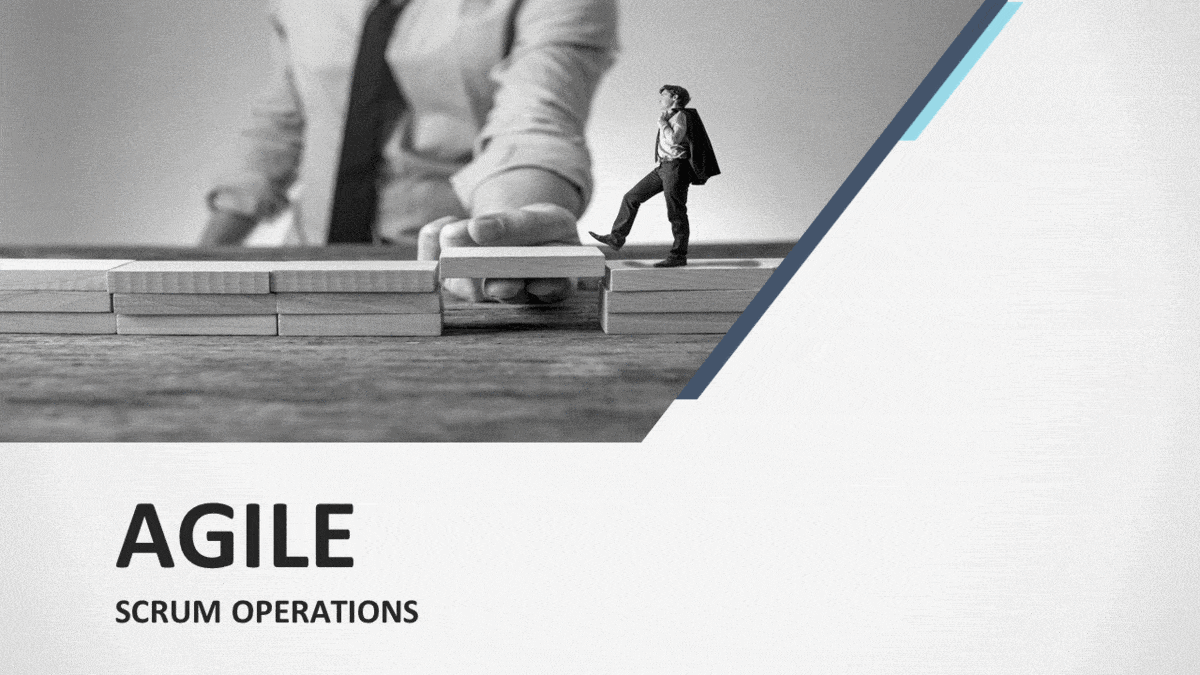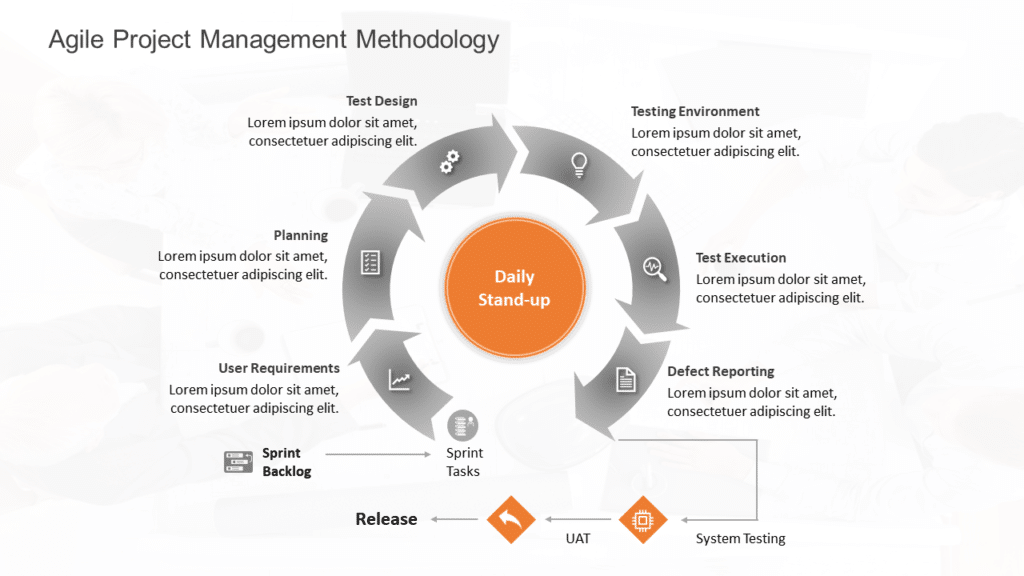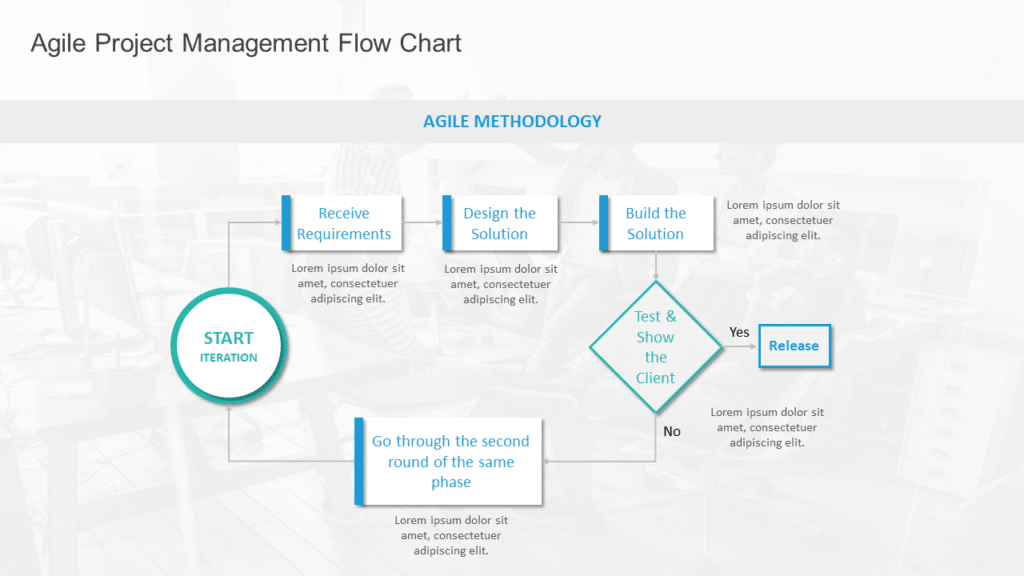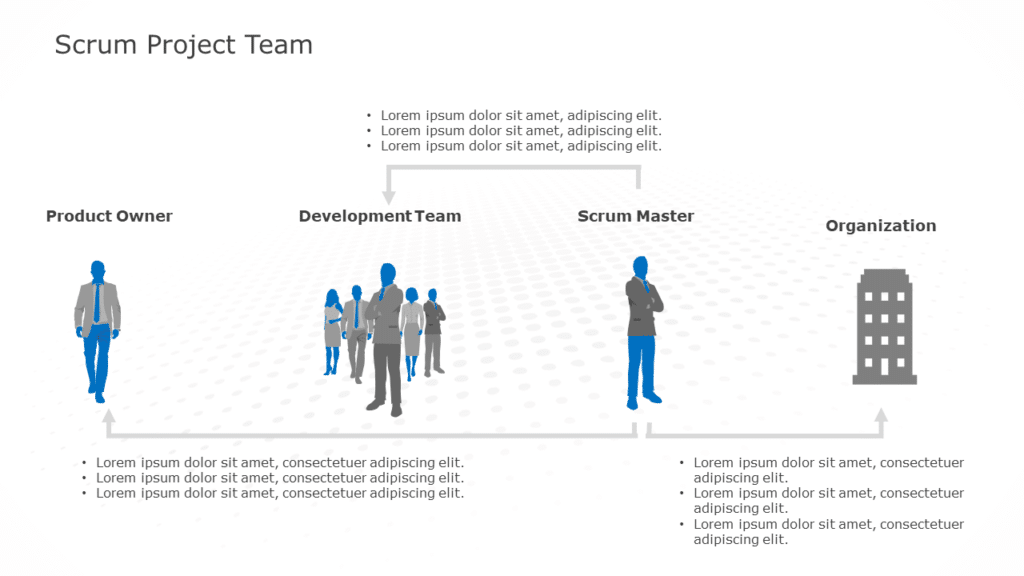Every business size, from small to medium to giant, relies on project management to effectively carry on their business operations.
Agile has taken the world of project management and software development by storm in recent years. This project management technique appears to be gaining popularity. Part of the reason is that the business world is changing rapidly, and so, companies are seeking techniques, systems, and methodologies that will help them run their operations in a highly responsive way.
Traditional and agile methods are sometimes pitted against one another. If you want to discover how the two methodologies vary and which one you should choose for your next project, you’ve come to the correct place. Here is a detailed comparison of Agile vs. Traditional Project Management.
What Is Traditional Project Management?
Traditional project management is a well-established approach in which projects are completed in sequential order. It’s also known as the Waterfall model. It proceeds in the following order: commencement, planning, execution, monitoring, and closing. Traditional project management methods place a strong focus on linear procedures, documentation, upfront planning, and priority.
Since time and money are variable and requirements are set in the traditional technique, it frequently encounters financial and timeframe challenges. There are tools and procedures established by the standard methodology PMBOK® for each phase that project managers use.
Teams using this methodology frequently run into budget and timetable issues. Traditional project management cannot be used for complicated workflows since there are too many points of failure in a complex, interdependent system. According to statistics, for such projects, the waterfall or traditional technique has a failure rate of roughly 21%, whereas the agile approach has a failure rate of 8%.
Benefits Of Traditional Methodology
- Clearly defined objectives
- Controllable processes
- Clear documentation
- More accountability
What Is Agile Project Management?
Agile project management is a relatively contemporary method of project management. While Agile is a broad strategy for software development, it places a strong emphasis on cooperation, communication, task timeboxing, and the ability to adjust to change as soon as feasible.
The agile manifesto emphasizes four key values:
- Individuals and relationships are prioritized above processes and tools.
- Comprehensive documentation is less essential than working software.
- Customer cooperation is more important than negotiating.
- Rather than simply following a plan, the process should adjust to change.
Agile is an iterative approach in which projects are broken into shorter sprints. Unlike the traditional method, agile spends less time on upfront planning and prioritizing since it is more adaptable to changes and advancements in the specification.
Benefits Of Agile Project Management
- Flexible prioritization
- Early and predictable delivery
- Predictable costs and schedules
- Improves quality
- More transparency
Traditional Project Management Vs. Agile Project Management: The Differences
There are substantial distinctions between traditional and agile project management methodologies. Let’s take a brief look at the key differences between traditional and agile project management.
1. Flexibility
The agile project management methodology is far more flexible than the traditional way. If your team members feel the need to make modifications to their product or working method while operating, agile project management empowers them to do so. Agile project managers do not believe in following a fixed framework; People love the agile project management strategy due to its flexibility.
Traditional or waterfall project management, on the other hand, takes a top-down strategy. This implies you won’t be able to make any significant adjustments as more information comes in, without disrupting the dependencies or outcomes.
2. Transparency
Every decision and plan in agile project management is transparent. People are engaged in making choices and modifications, including the product owner, team members, and clients. The agile technique allows team members to comprehensively evaluate the work progress and make educated decisions by planning, evaluating, and testing a product.
In contrast, in the traditional project management technique, the project manager takes all major decisions with only a few senior members. Other team members cannot view the progress in the form of deliverables from beginning to end.
3. Scope for Feedback
The rigid structure of the waterfall method leaves little scope for feedback any more than feedback cycles that are pre-planned. This implies that unexpected turns during the project and new information that arises as the project progresses are hard to incorporate into the planning process.
The agile strategy, on the other hand, allows you to take regular input from the various stakeholders. Continuous feedback can assist you in producing better outcomes and delivering high-quality outcomes on time. As a result, developers and project managers prefer agile project management to the traditional method.
4. Project Complexity
Agile project management is ideal for complex projects. If your project stages are interdependent or have interconnected phases, the agile method is the ideal solution for making work transparent and reducing complexity. Regular interjections and adjustments aid in the reduction of complexity and requirement ambiguity.
With the linear approach taken by the Waterfall method, it cannot handle complicated projects with unclear requirements and complex tasks. The waterfall method as such is better suited to simpler or smaller undertakings.
5. Customer Satisfaction
Customers are extremely important in the agile framework. Agile focuses heavily on customer engagement by soliciting feedback after each iteration. The output is sent to end-users continually in agile. As a result, end-users can contribute significant ideas and make the project process highly collaborative.
Armed with such a continuous flow of end-user involvement, the agile project managers have a strong grip on customers’ requirements and are in a better position to deliver high-quality goods and services. Agile, therefore, scores in maintaining customer engagement and increasing satisfaction.
6. Ownership and Accountability
Another reason developers and managers choose agile project management over traditional project management is ownership and responsibility. In agile, each member of the team is responsible for the project and has ownership of it. Everyone on the agile team has an equally vital part in completing a project on time.
In traditional project management, on the other hand, the project manager is usually entrusted with the ownership of the project. Customers can be involved in the planning stage, but their participation ends when the strategy is put into action.
Summary Of Differences Between Agile And The Traditional Approach
| Characteristics | Agile approach | Traditional approach |
| Organizational structure | Iterative | Linear |
| Scale of projects | Small and medium scale | Large-scale |
| User requirements | Interactive input | Clearly defined before implementation |
| Involvement of clients | High | Low |
| Development model | Evolutionary delivery | Life cycle |
| Customer involvement | Customers are involved from the time work is being performed | Customers get involved early in the project but not once the execution has started |
| Escalation management | When problems occur, the entire team works together to resolve it | Escalation to managers when problems arise |
| Model preference | Agile model favors adaption | The traditional model favors anticipation |
| Product or process | Less focus on formal and directive processes | More serious about processes than the product |
| Test documentation | Comprehensive test planning | Tests are planned one sprint at a time |
| Effort estimation | Scrum master facilitates, and the team does the estimation | The project manager provides estimates and gets approval from PO for the entire project |
| Reviews and approvals | Reviews are done after each iteration | Excessive reviews and approvals by leaders |
Which Project Management Methodology Is Better?
The debate over conventional vs. agile project management raises a recurrent issue in our minds: “Which strategy should I adopt for my organization?”
Deciding what to pick involves a number of considerations. For example, if your company culture carries hesitation to enable a distributed team enabled decision making, agile may not be the greatest match.
Another area where a Waterfall approach works well is for short-term simpler projects. Agile is likely overkill for such assignments
Agile techniques require trained resources to do the project management per recommended guidelines. The scarcity of such resources can also influence which technique to pick.
Agile on the other hand thrive in complexity. Additionally, firms with an empowering mindset tend to do well with Agile
So, there is no such thing as a “one-size-fits-all” approach that is appropriate for every project or business. The decision to use a technique is heavily influenced by aspects such as company culture, nature of the project, its scale, and available resources.
Best Agile Project Management Templates
If you do choose to embark on the Agile journey or are already into one, you would benefit tremendously from carefully curated slide content on Agile at SlideUplift.com
Check out our most popular range of agile project management templates that will help you out for agile planning purposes.

Agile Project Management Deck
Source: Agile Project Management Deck by SlideUpLift

Agile Methodology
Source: Agile Methodology by SlideUpLift

Agile Flow Chart
Source: Agile Flow Chart by SlideUpLift

Scrum Project Team
Source: Scrum Project Team by SlideUpLift
Now you don’t have to scour the web to find out the right templates. Download our PowerPoint Templates from within PowerPoint. See how?
Looking For Powerpoint Design Agency?
Call Pursho @ 0731-6725516
Telegram Group One Must Follow :
For Startups: https://t.me/daily_business_reads
#Differences



